Michael A. Peshkin
A Promising Method for Touch-typing Keyboard Rendering
Dec 18, 2019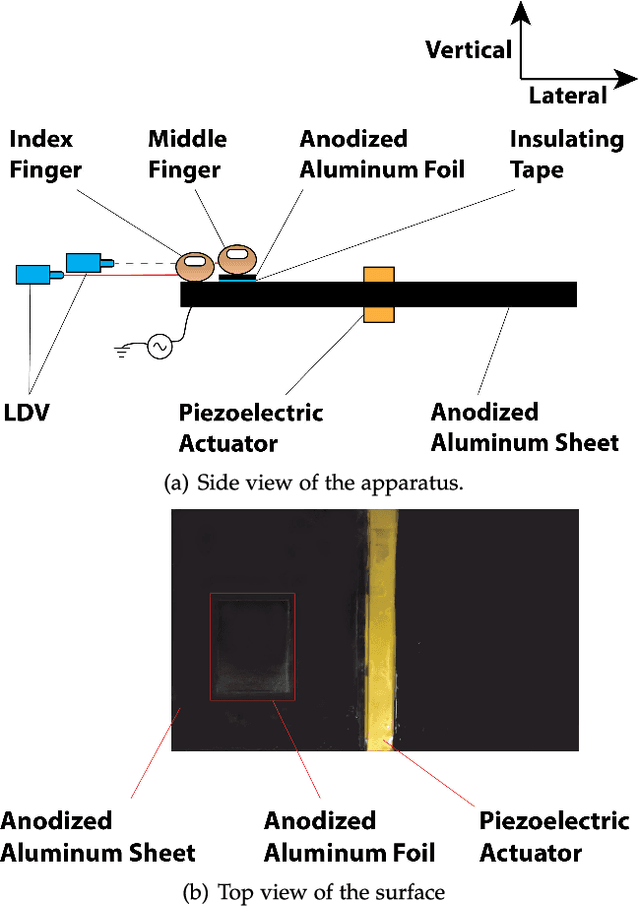


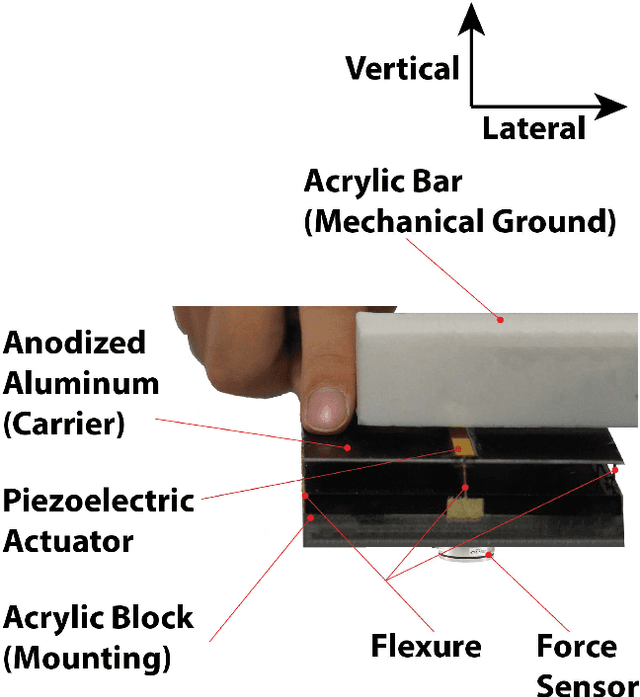
Abstract:We have developed a novel button click rendering mechanism based on active lateral force feedback. The effect can be localized because electroadhesion between a finger and a surface can be localized. Psychophysical experiments were conducted to evaluate the quality of a rendered button click, which subjects judged to be acceptable. Both the experiment results and the subjects' comments confirm that this button click rendering mechanism has the ability to generate a range of realistic button click sensations that could match subjects' different preferences. We can thus generate a button click on a flat surface without macroscopic motion of the surface in the lateral or normal direction, and we can localize this haptic effect to an individual finger. This mechanism is promising for touch-typing keyboard rendering.
How the Mechanical Properties and Thickness of Glass Affect TPaD Performance
Dec 18, 2019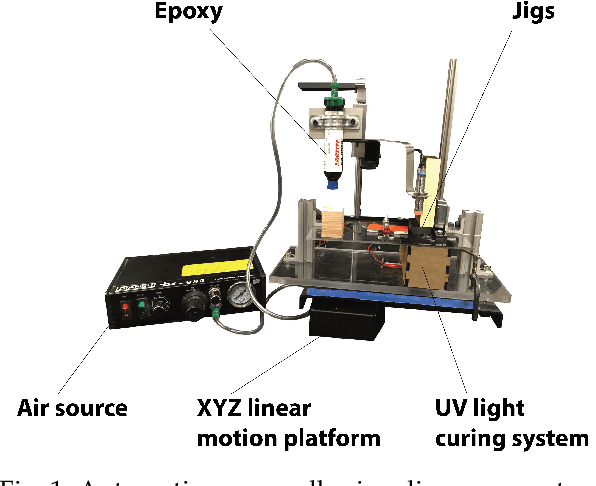
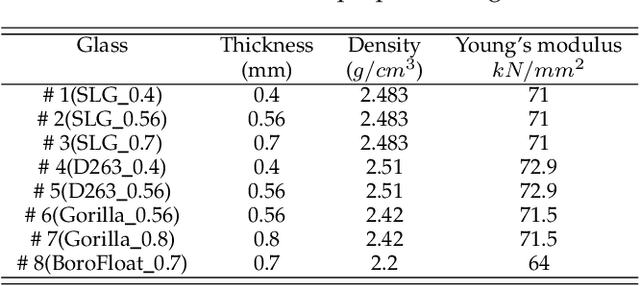
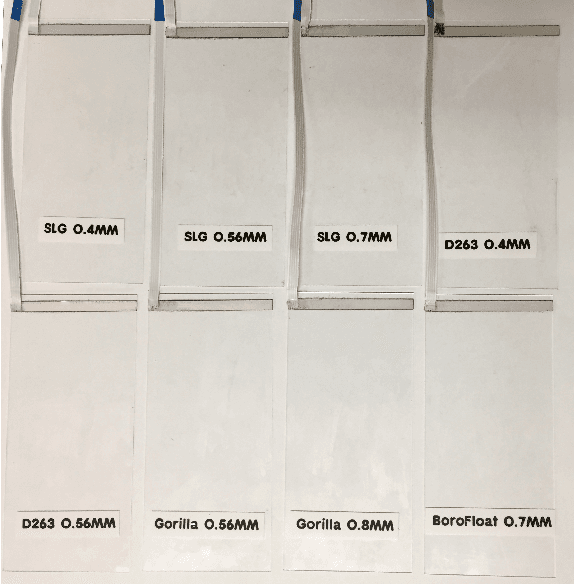
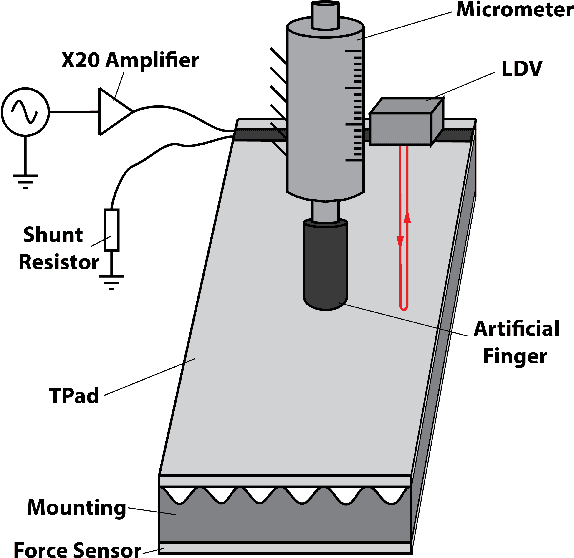
Abstract:One well-known class of surface haptic devices that we have called TPaDs (Tactile Pattern Displays) uses ultrasonic transverse vibrations of a touch surface to modulate fingertip friction. This paper addresses the power consumption of glass TPaDs, which is an important consideration in the context of mobile touchscreens. In particular, based on existing ultrasonic friction reduction models, we consider how the mechanical properties (density and Young's modulus) and thickness of commonly-used glass formulations affect TPaD performance, namely the relation between friction reduction ability and real power consumption. Experiments performed with eight types of TPaDs and an electromechanical model for the fingertip-TPaD system indicate: 1) TPaD performance decreases as glass thickness increases; 2) TPaD performance increases as the Young's modulus and density of glass decrease; 3) counterintuitively, real power consumption of a TPaD decreases as the contact force increases. Proper applications of these results can lead to significant increases in TPaD performance.
 Add to Chrome
Add to Chrome Add to Firefox
Add to Firefox Add to Edge
Add to Edge